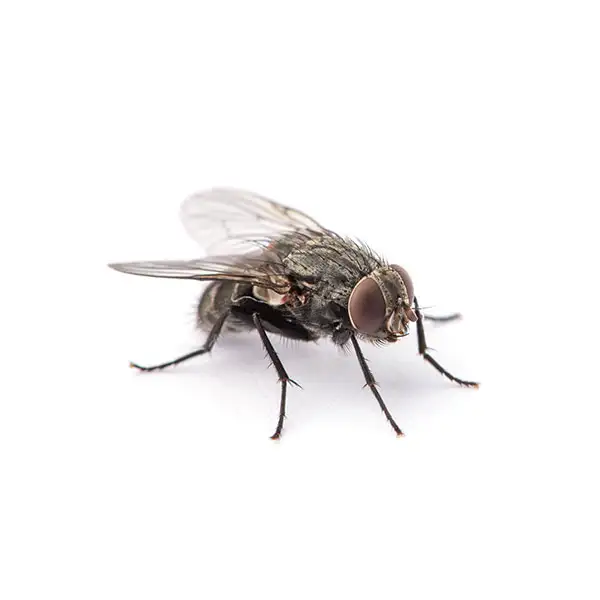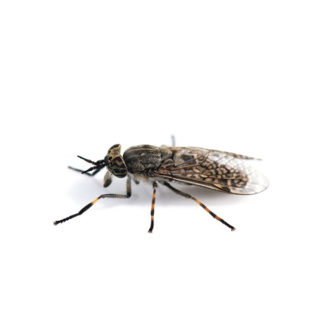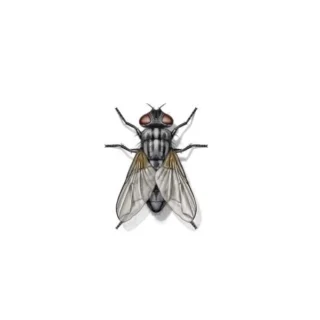House Flies in Kailua Kona
Found on every continent except Antarctica, the house fly is one of the world’s most well-known insects. During the warmer summer months, these flies are most abundant and typically reside close to humans and animals. These flies breed in animal wastes and decaying organic materials, including animal carcasses and food waste, where they can acquire bacteria and viruses that have the potential to cause human diseases. House flies are sensitive to visual and thermal cues, often congregating in warm areas with ample sunlight. Every time they land, house flies defecate, posing a risk of contaminating food and spreading diseases.
House Fly Habitat
Manure piles are a primary source of house flies in rural areas, while urban settings commonly experience large fly populations from fermenting lawn clippings. House flies prefer breeding in various types of animal manure, such as horse, cow, and human excrement, as well as fermenting vegetable refuse, dumpsters, refuse containers, and household garbage. Certain fly species can thrive and reproduce in recycling containers, contributing to fly problems in recycling centers. The varied and adaptable breeding preferences of house flies underscore the importance of proper waste management practices in both rural and urban environments to mitigate fly infestations.
House Fly Behaviors, Threats, or Dangers
House flies, although non-biting, have the capacity to carry and transfer more than 100 different pathogens, including salmonellosis, typhoid, and tuberculosis. Pathogenic organisms are collected by flies from garbage, sewage, and other sources of filth. They then transmit these organisms through their mouthparts, vomitus, feces, and contaminated external body parts to human and animal food. These flies can introduce a diverse range of germs from unsanitary breeding sites to the dining table or contribute to the spread of diseases within herds or flocks.
If you are experiencing a house fly infestation on your property, contact your local fly exterminators for help.
Need help with House Fly control?
Need Pest Control Service?
Leave your information below and we’ll be in touch with a FREE quote!
"*" indicates required fields
*During normal business hours. After hours calls will be returned the next business day.





